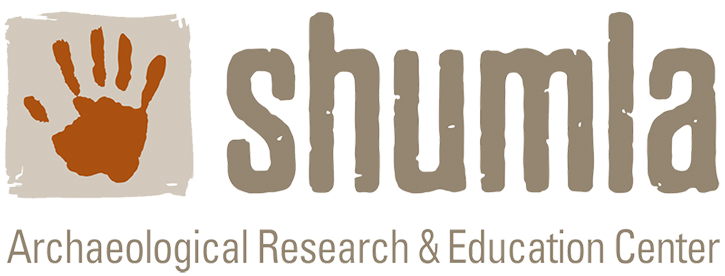Ethnographic Fieldwork in San Andrés Cohamiata, Mexico (Part Three)
On the Mesa, in San Andrés Cohamiata
Before you begin, be sure to read Part 2, In the Barrancas, which gives an account of our fieldwork in the canyons of Tierras Coloradas, west of San Andrés Cohamiata.
At 6,400 feet elevation, the mesa was a little cooler at night. Pine (Pinus lumholtzii) and oak trees grew around the edge of town. The landscape was relatively level. Although the town had electricity, our rancho, located at the at the edge of town, did not
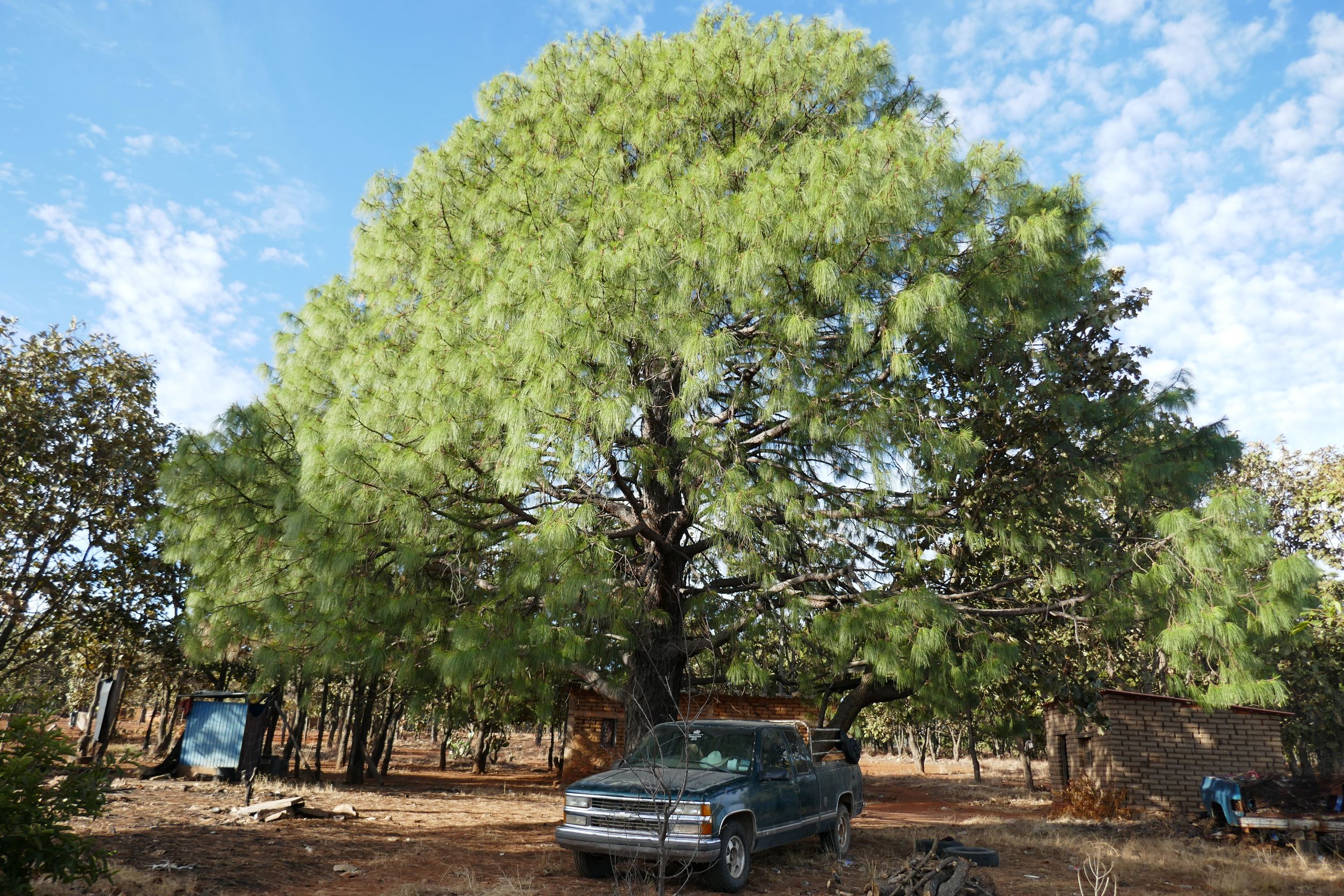
Figure 1: The branches of a resinous pine tree (Pinus teocote) spread over the small compound of the rancho on the mesa at the edge of San Andrés.
San Andrés is not a 9-5 community. Here, concepts of time are far more connected to seasonal cycles and communal commitments. These are measured in days, weeks, and months, not popup appointment reminders. We had one week to find our interviewees and complete the interviews, but finding our subjects was more difficult than picking up a cellphone and dialing a contact. The area had spotty to nonexistent cell phone and internet service. Stacy and Jim were working hard, leveraging all of their connections to find people to interview. We used shoe leather and word-of-mouth as search tools. Our host family was helpful, spreading the word to family and neighbors.
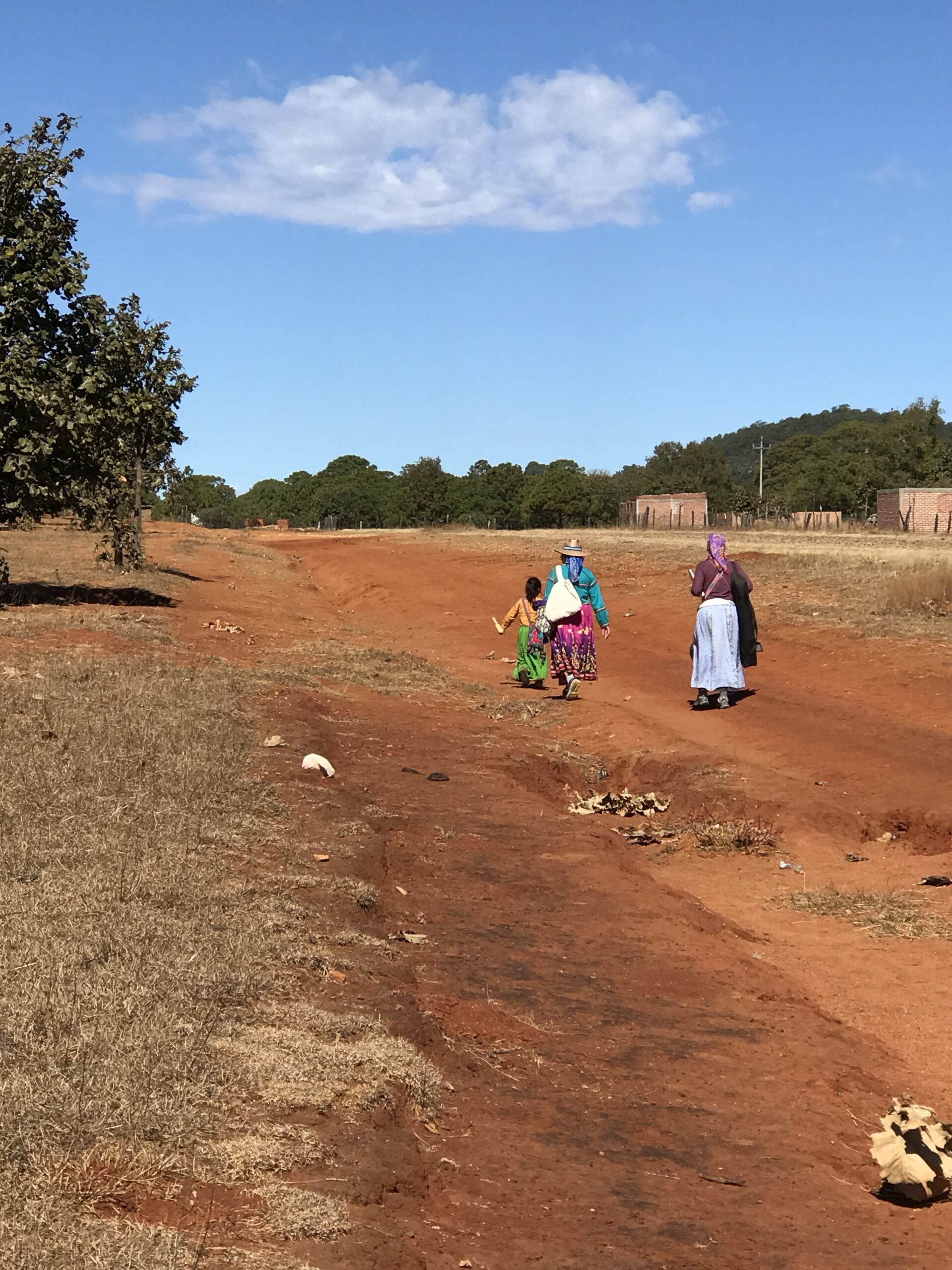
Figure 2: Stacy, Carolyn, and Kina returning to the rancho at the edge of San Andrés. Carolyn is carrying her binder and the tote filled with scrolls of renderings slung over her right shoulder.
Working in our favor was the fact that there were many shamans and elders with an understanding of traditional knowledge. In the last decade of the 19th century, Carl Lumholtz wrote that “. . . one fourth of the men are shamans. Many of these do not confine themselves to their own tribe, but make professional tours among the Coras and Tepehuanes . . . (Lumholtz, 1902:21).” I doubt that he took an accurate poll to arrive at that figure, but it seemed that many people in the community still have a wealth of traditional knowledge. And unbeknownst to Lumholtz, many women are shamans as Stacy discovered in her own fieldwork on Huichol women.
At the mesa rancho, each couple slept inside. This was fortunate, because on the night of January 28 clouds rolled in and a light rain began at dusk, intermittent but persistent throughout most of the night. I was thankful that we were not in our open-air carretón apartment in the barranca. The next morning, we awoke to a sea of mud. The silty clay stuck to our shoes, but only for a few hours; the ground, parched by the dry-season sun, dried quickly.
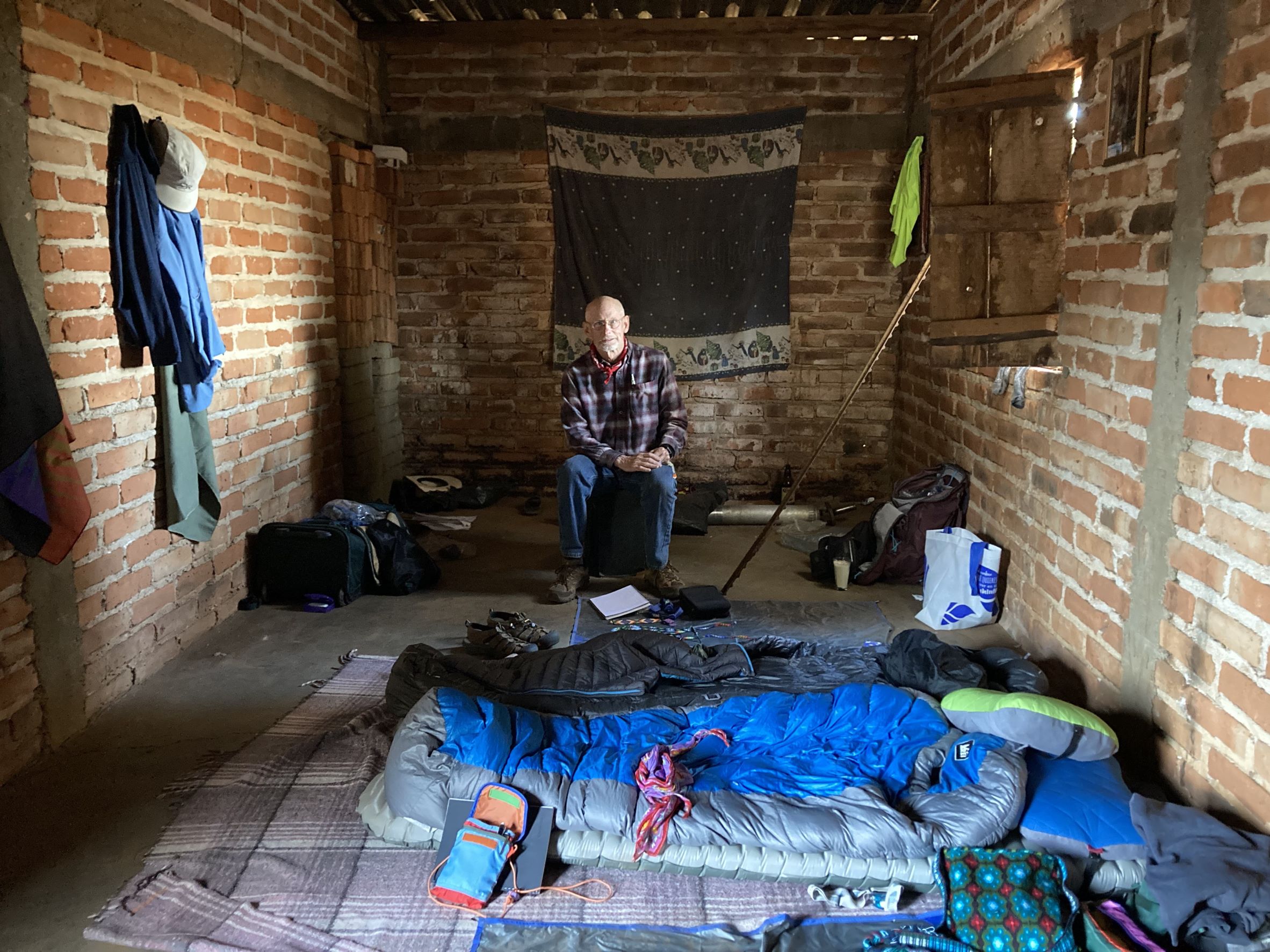
Figure 3: Our sleeping quarters at the ranch on the mesa.
The kitchen on the mesa was indoors, and we often ate indoors. The only table on the ranch was in the kitchen, but without electricity to provide lighting, we spent most of our time around the outside fire hearth.
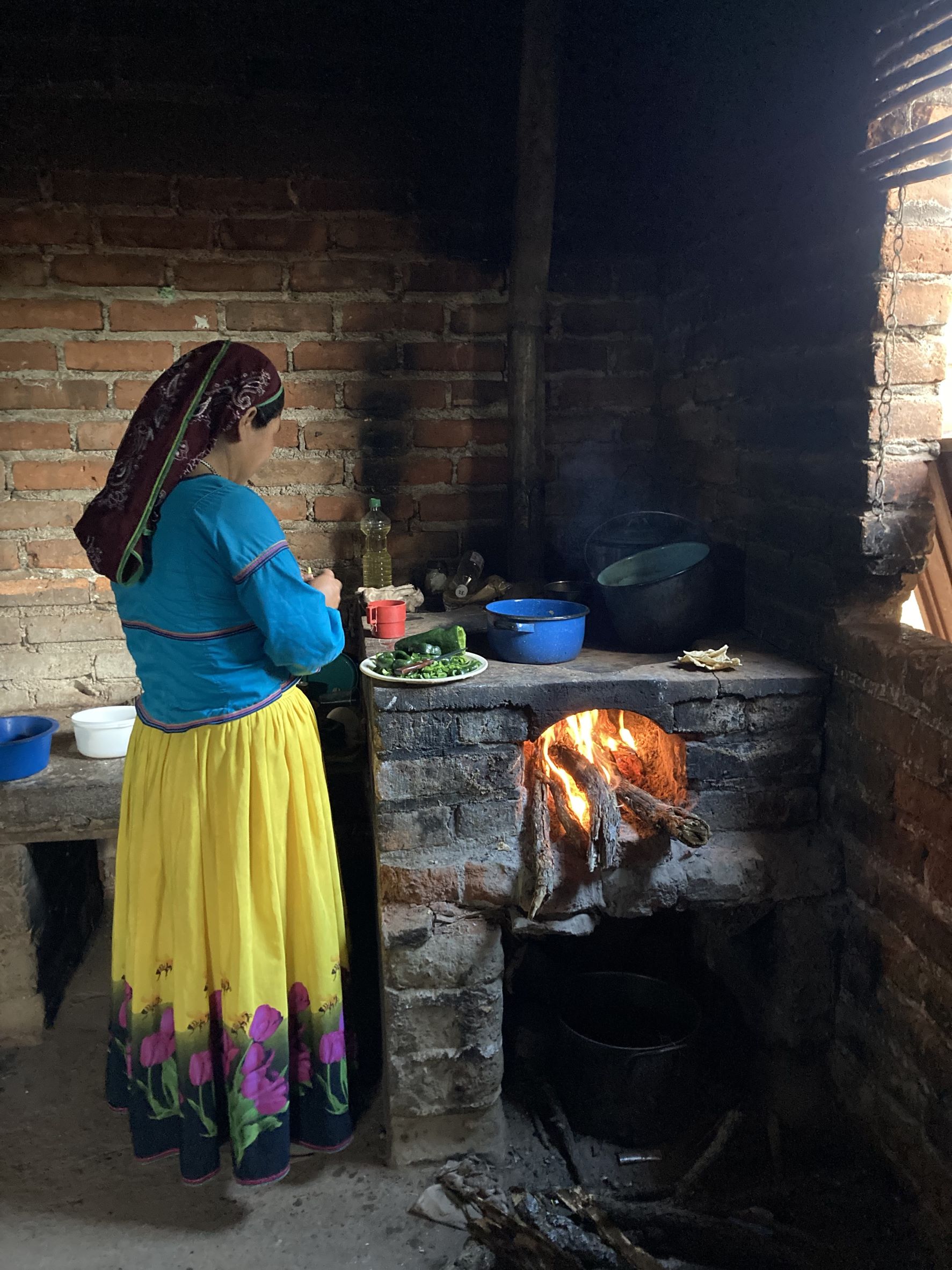
Figure 4: Cristalina, dicing peppers for a guiso.

Figure 5: The crew enjoyed sweet corn around the fire hearth one evening. Stacy and Carolyn wore skirts during our time in San Andrés. Women were expected to wear skirts, not pants.
Our outside workspace/evening meeting space lacked a table. We sat on logs or salvaged truck seats. Every evening we sat around the fire, chatted, and drank tea. My favorite was made from cinnamon.

Figure 6: Seated on the communal bench, Carolyn is rearranging the binder that she used for interviews.
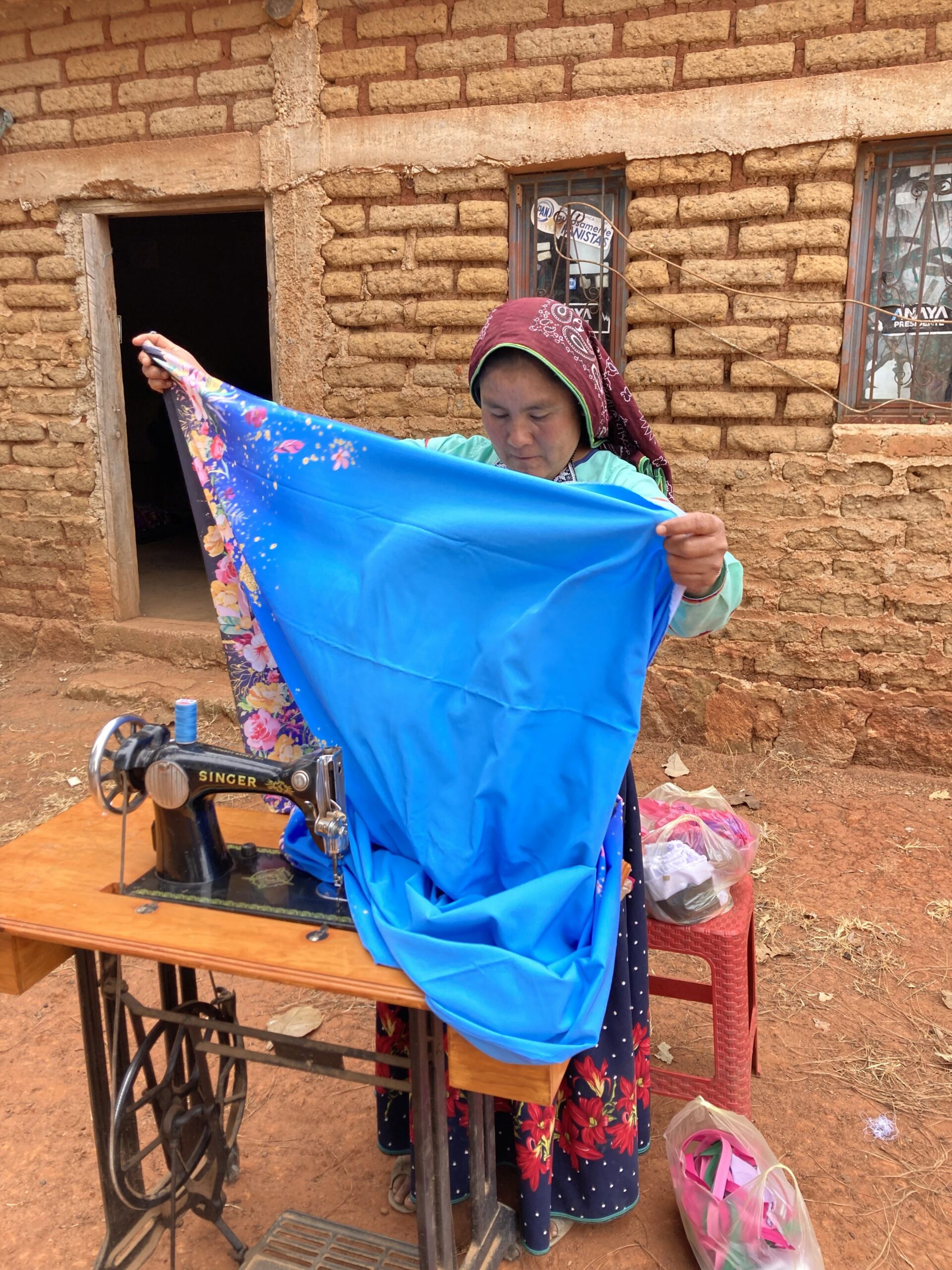
Figure 7: Cristalina offered to sew a skirt for Carolyn. She borrowed a sewing machine from a relative and knocked one out in a couple of hours. No electricity required.
Jorge and Cristalina’s children, Daisy (13), Kina (8), and Cristián (7), worked and played hard. They enjoyed showing off their skills. They also love to draw. Jim and Stacy brought a set of farm animals and other toys. We shared drawing pencils and paper with them, and found they had serious talent.
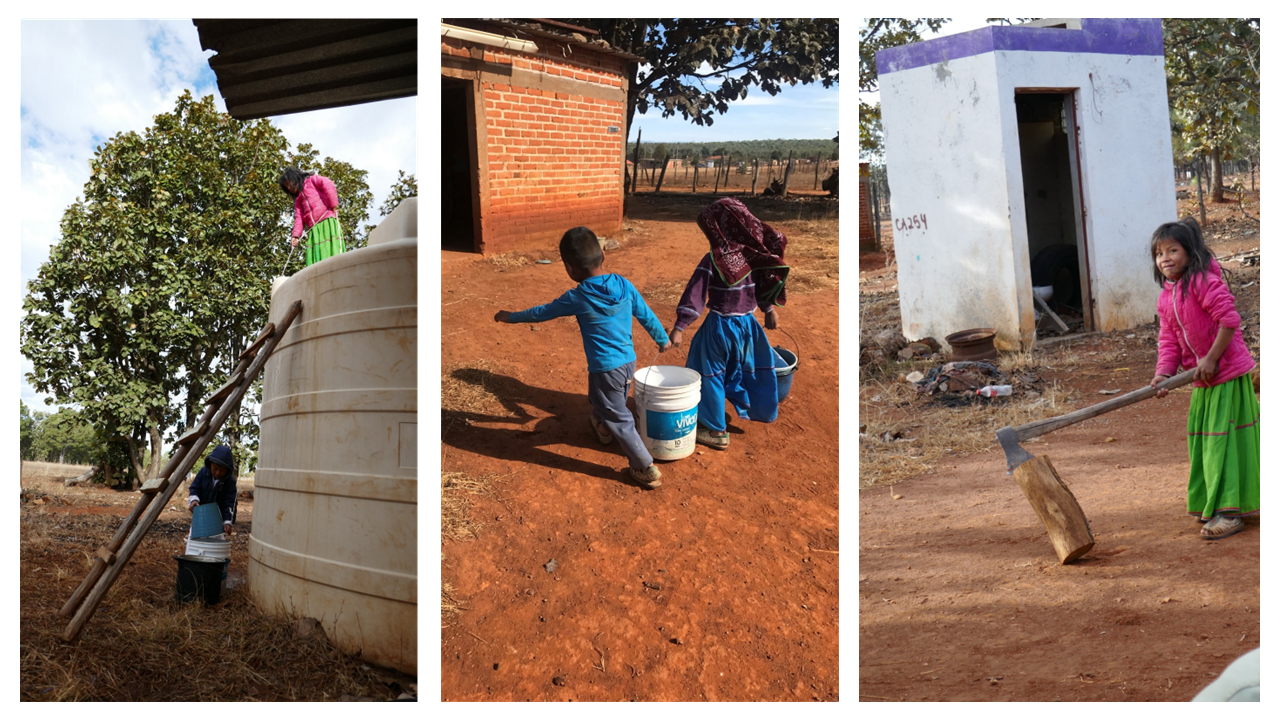
Figure 8: From left: Kina collecting water from a cistern and lowering the bucket to her little brother, Cristián. Kina and Cristián hauling water. Kina splitting logs for the kitchen fire. They attended school during the day and did homework at night.
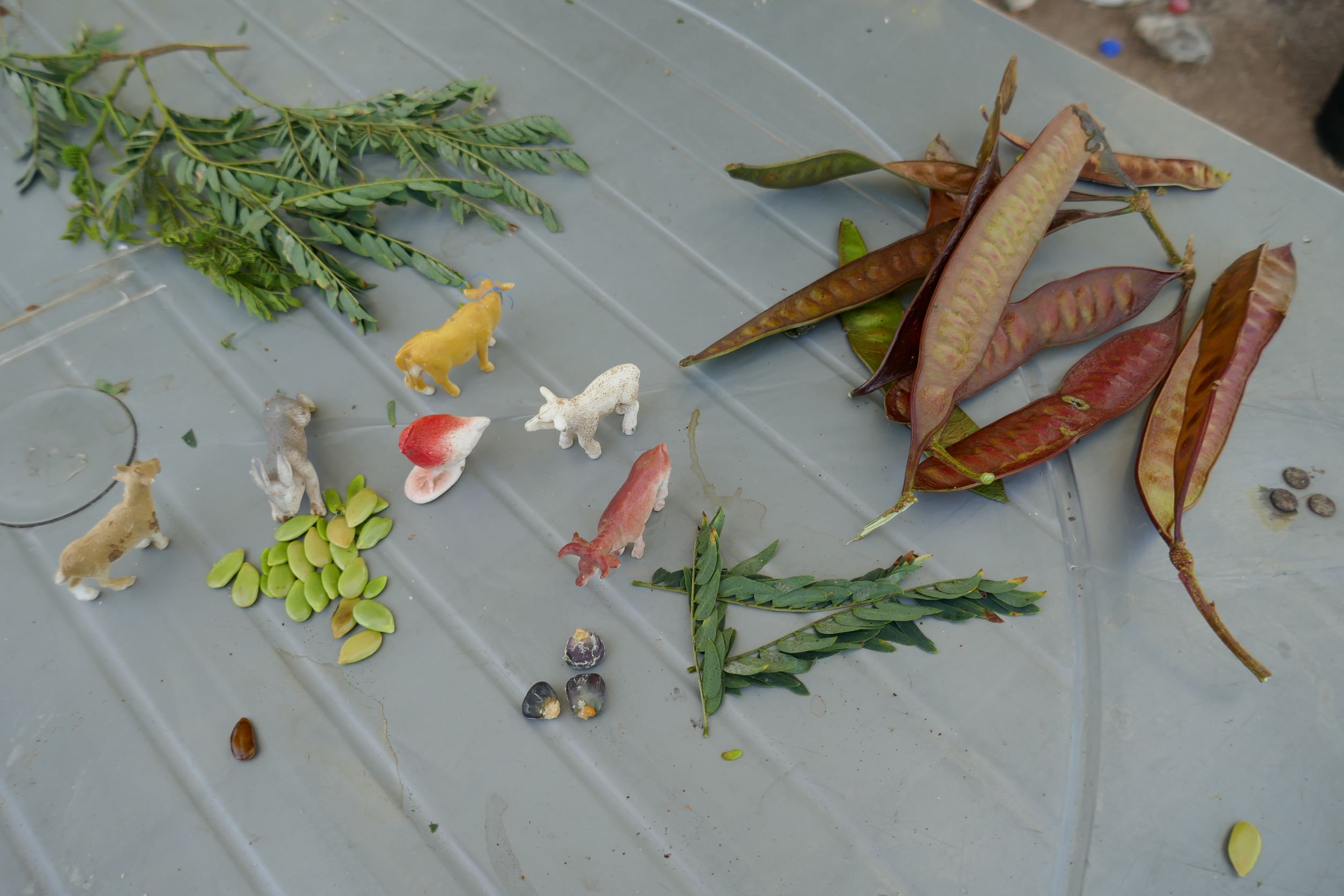
Figure 9: What would you expect rancho children to play with? Jim brought the farm animal toys and the kids collected the forage.
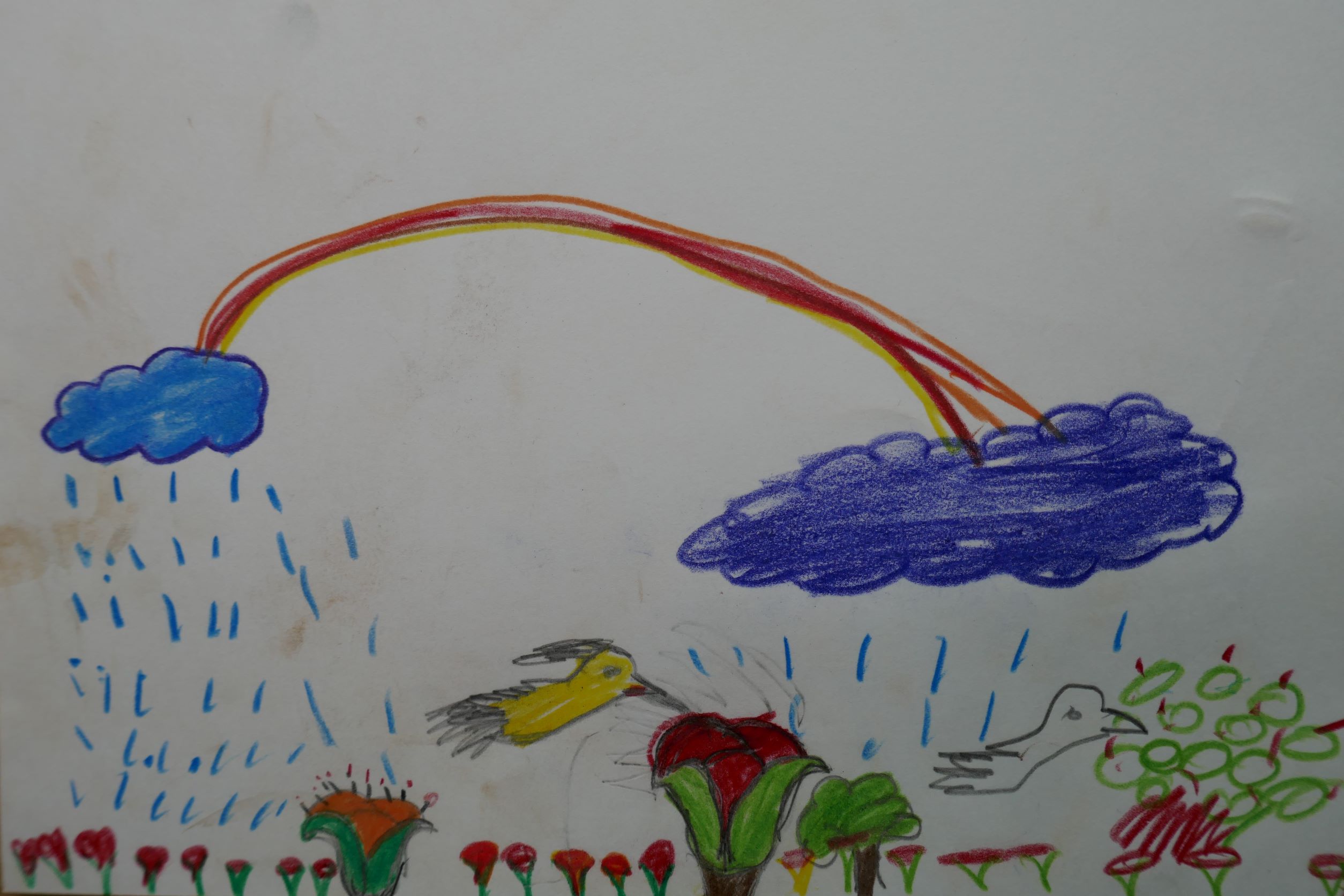
Figure 10: Kina’s artwork. Many of the children’s drawings included clouds, rain, birds, flowers, and in this picture, a rainbow.
The views from the edge of the mesa were spectacular. One afternoon the children took us to a mirador (overlook) and entertained us by scrambling over the rocks at the edge of a long drop, flying paper airplanes they crafted to catch the wind currents.
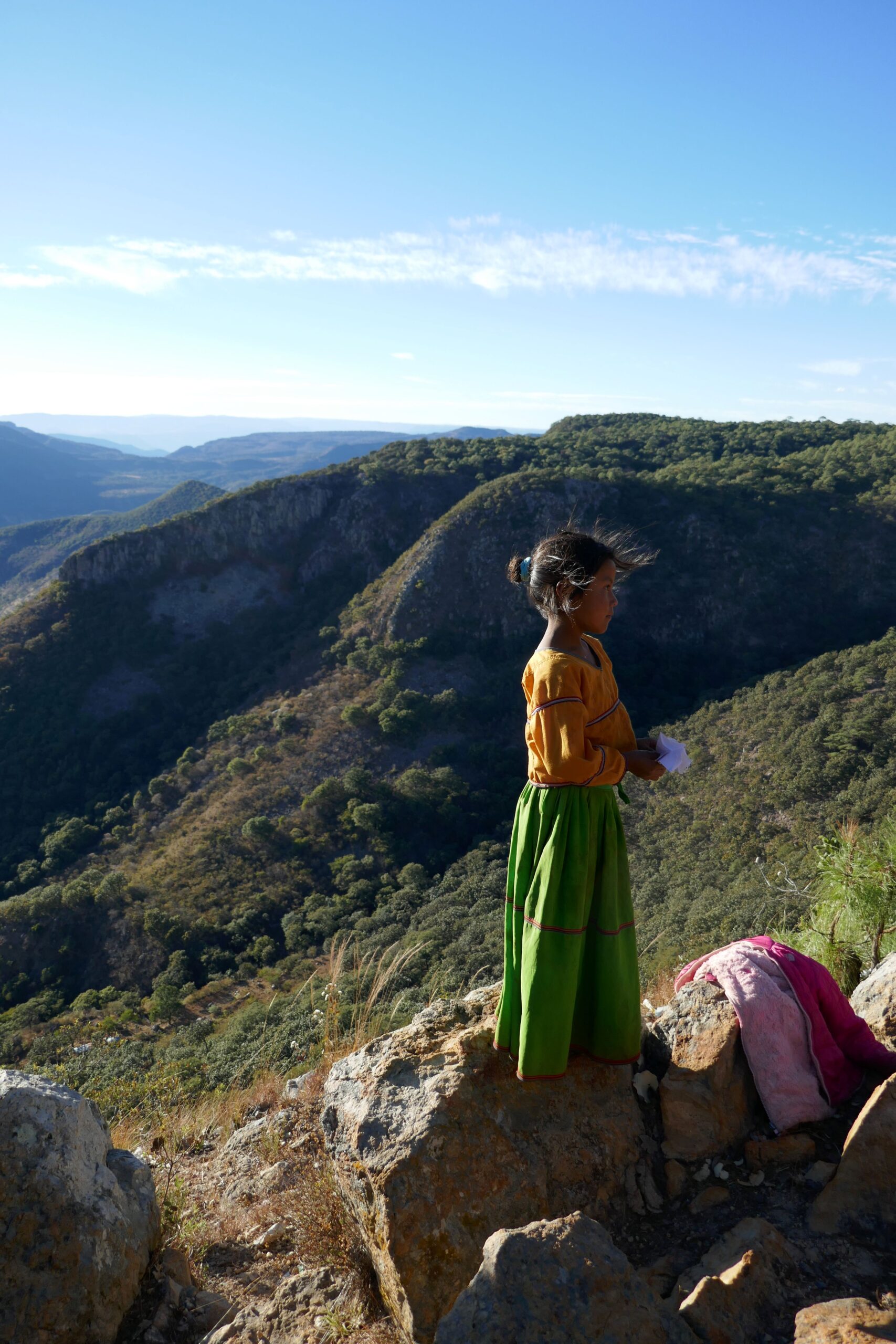
Figure 11: Kina has the balance of a ballerina. Here she is perched on a rock, in a strong updraft, at the edge of a 30-meter drop. Her mother asked Kina to guide us to this mirador, or viewpoint, about 0.5 km from the rancho on the mesa.
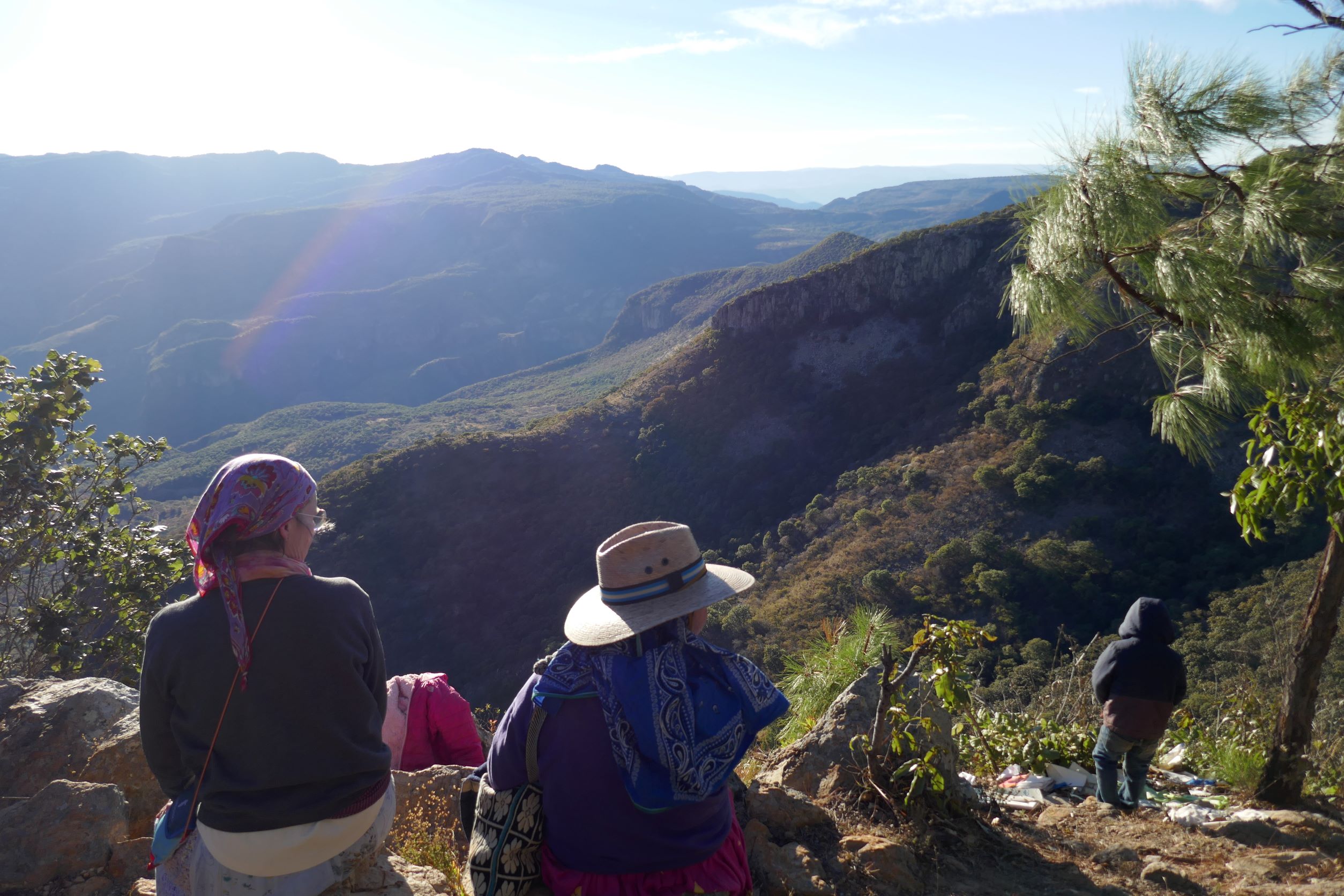
Figure 12: Carolyn, Stacy, Cristián enjoy the view from a mirador at the edge of the mesa.
Night of the Scorpion
On the night of January 31, we were seated around the fire in the dark when Carolyn stood up and calmly said, “I think I’ve been stung by a scorpion.” It had crawled up her leg and stung her four times on the inner thigh. The wound area felt like a branding iron had hit it. But the real problem began when the venom started circulating through her blood system. Jorge advised us immediately to take her to the government clinic, near the mesa rancho. Carolyn chose to wait. After an hour had passed and Carolyn was feeling the effects of the stings, Stacy convinced her to go the clinic about 400 yards from the rancho. When we arrived at the clinic, the doctor and the nurse knew exactly what to do. They set up an IV in both arms and gave her four doses of scorpion antivenin, a medication developed by Mexico to reduce mortality from certain species of scorpions, particularly those in the western sierras. Carolyn’s blood pressure, which had shot up over 200/110 from the effects of the neurotoxins, quickly began to subside after receiving nitroglycerin and antivenin. Four hours later, the crisis was over, but the pain endured for days. Carolyn told Jorge that she left an offering at the scorpion shrine. Jorge explained that she had left an offering at the shrine in the barrancas, but not at the shrine on the mesa. Next time we will leave offerings in both locations!
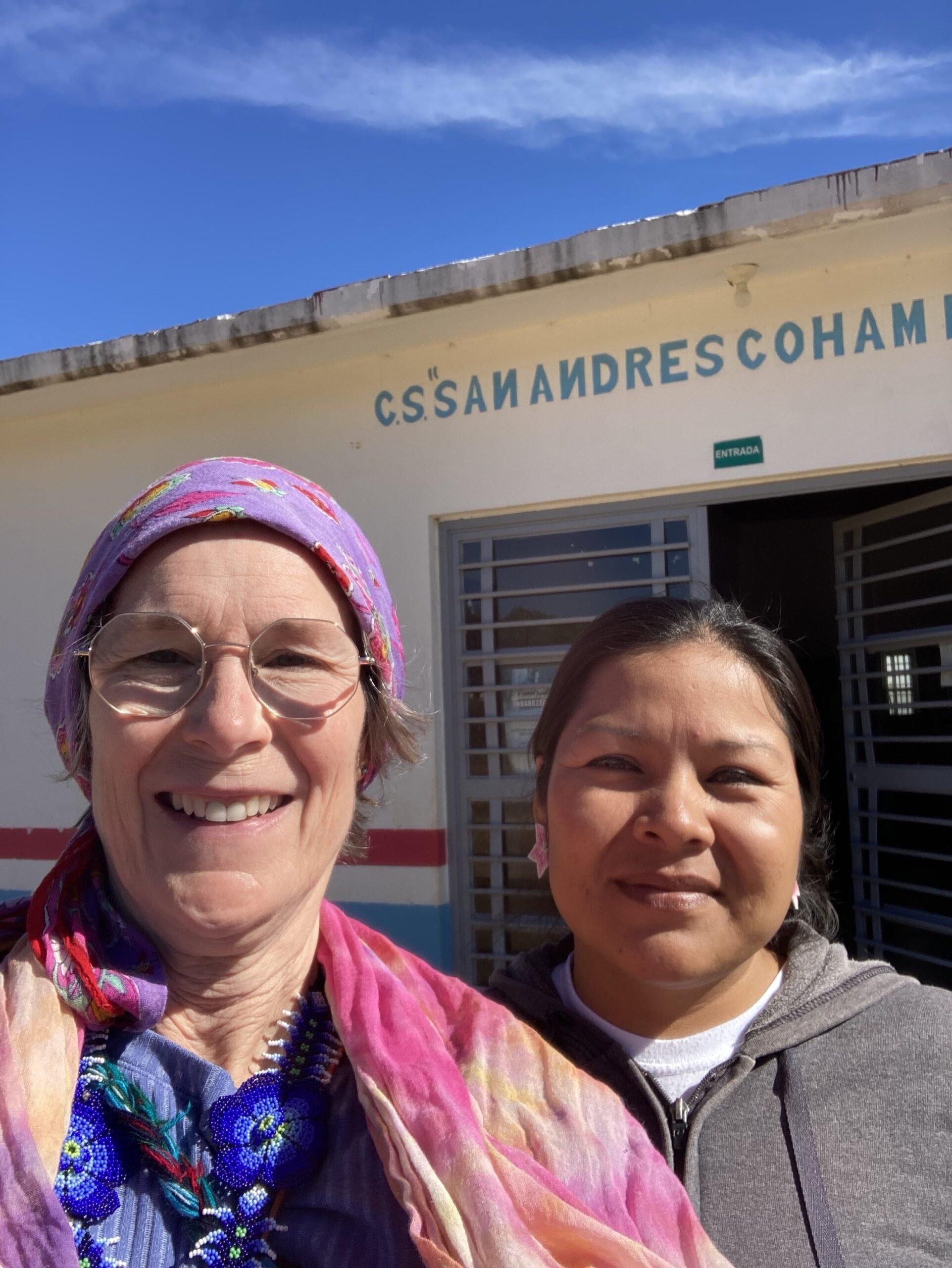
Figure 13: A few days after the scorpion incident, Carolyn found the nurse that set up her IV and thanked her. Constancia was the first person ever to hit Carolyn’s invisible veins in the crook of her elbow on the first try, and then she hit the vein in the other arm.
We conducted four informative interviews during our stay at the ranch on the mesa and would have loved to do more, but on February 3 it was time to leave. Jorge and Cristalina needed to return to the ranch in Tierras Coloradas. We packed and said goodbye. The weather that night was awful. After a beautifully calm moonlit evening, a high wind roared out of the north after midnight; dust was blowing everywhere, getting in my eyes and coating us in a red film. The wind snapped branches from an overspreading oak tree that repeatedly smacked the corrugated metal roof, which was already rattling loudly. We did not get much sleep that night. The wind persisted into the following morning, strong enough to make conversation difficult.
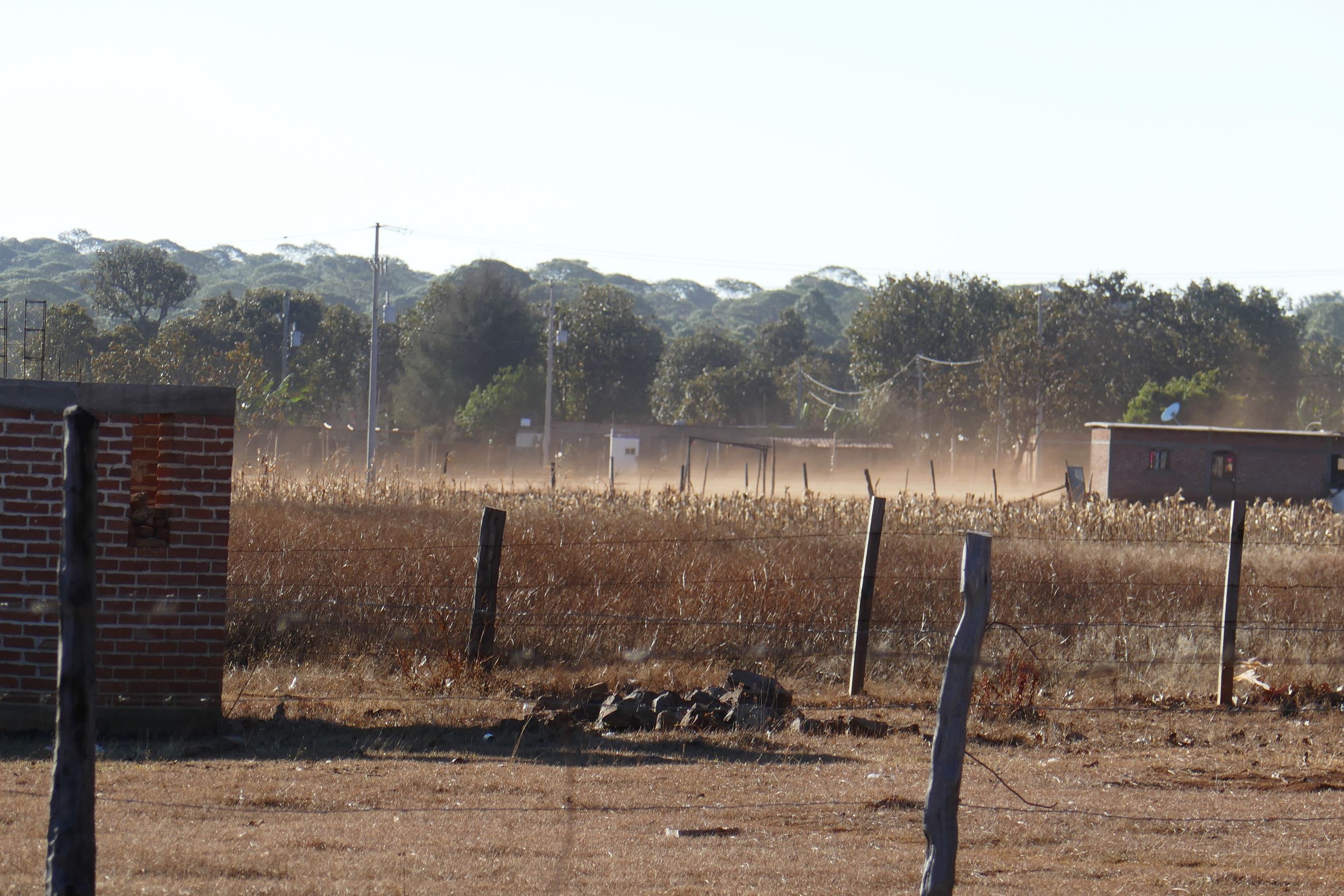
Figure 14: Dust rises to the rooftops in the strong north wind on our last morning.
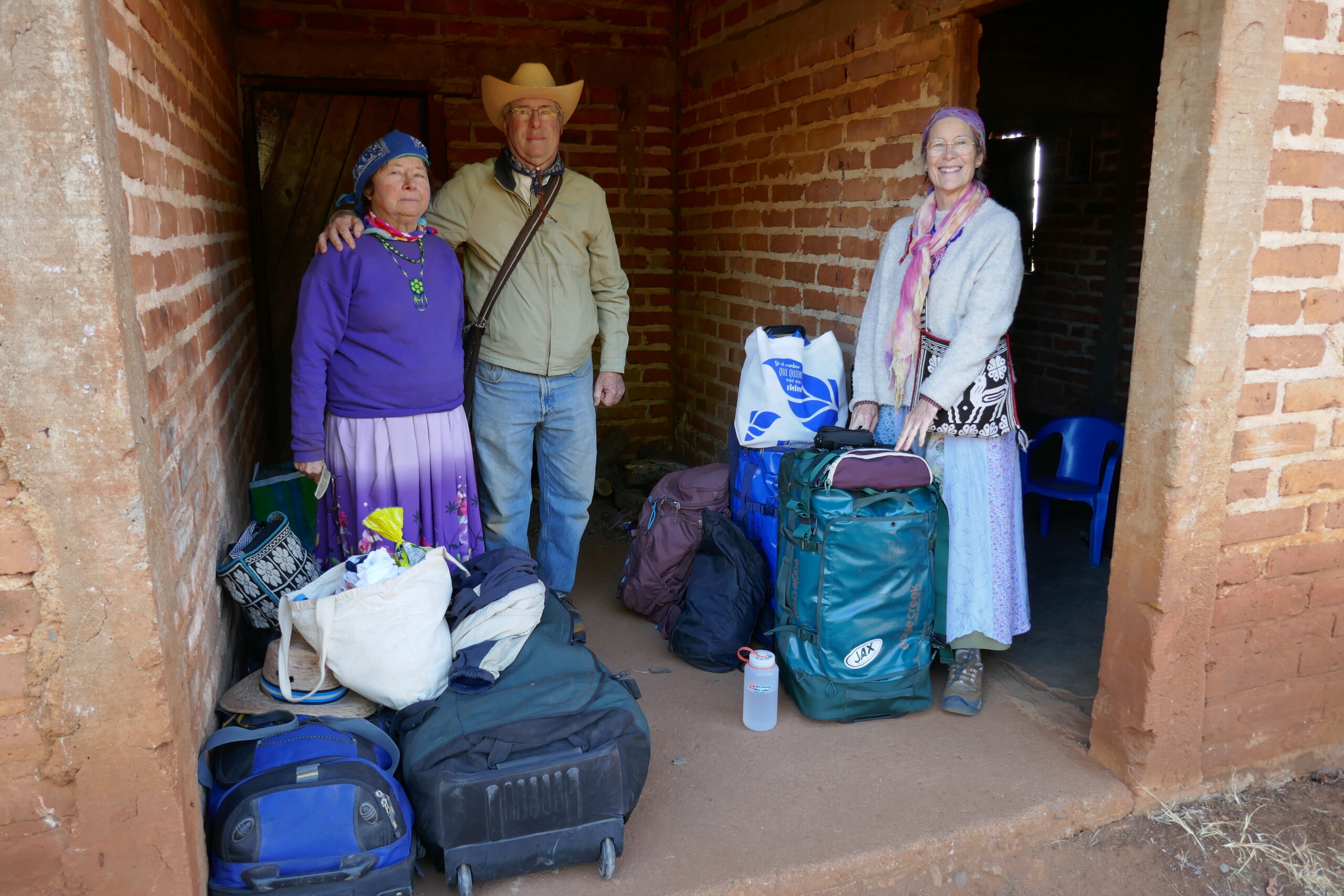
Figure 15: Stacy, Jim, and Carolyn, gear packed, sheltering out of the wind, waiting for our ride. We were ready for a nice hot bath.
We managed to secure a ride in an old SUV to Jesus María, a Cora Indian and mestizo town with a bus station about three hours from San Andrés. From there we could catch a bus to Tepic. I say “could,” because we didn’t. Our ride ended just beyond El Crucero de Santa Cruz. The left front tire blew; there was no spare. The driver was distraught. We were concerned because El Crucero de Santa Cruz was in disputed cartel country. I walked up the dirt road from the direction we came, looking for an escape route if we needed one. I stood on a pile of rubble at a sharp bend and shot two photos of the view at 11:04 AM. None of us thought to shoot photos of the SUV, or of anything else. We waited, hoping for a rescue.
For 45 minutes, not a single car, truck or pedestrian passed by our wounded SUV. And then rounding the corner came a bus operated by Optibus de Nayarit. It came from Zacatecas and passed through El Crucero from the north. Our driver, and the rest of us, frantically waved it down. I kept the ticket for a souvenir. After the dead tire was removed from the SUV, the bus continued on its journey. We rode it all the way to Tepic and a hot shower.
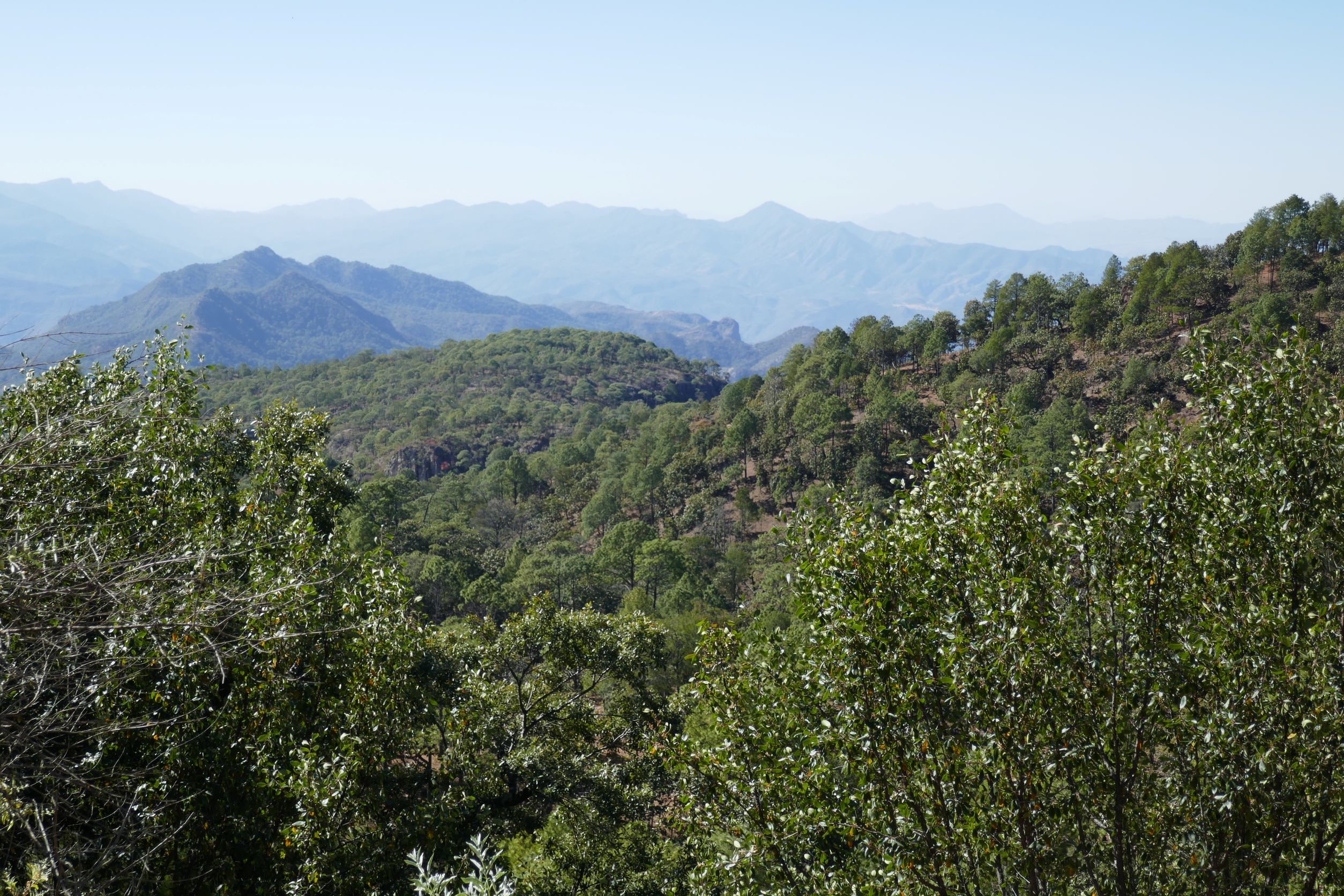
Figure 16: The view from the side of the road, about 20 minutes south of El Crucero de Santa Cruz. This is the only photo I took while we waited on the side of the road for some type of rescue.

Figure 17: On our last night together with our hosts, Daisy, their teenaged daughter, drew our portraits: Jim, Phil, Carolyn, and Stacy (Tachita).
Each interview presented a set of unique and challenging circumstances, but each was equally rewarding and informative. In the next blog, I will describe how we conducted the interviews and our current work to transcribe and translate hours of audio recordings.

Figure 18: Left to right: After one of the interviews, Tomasita, Stacy, Estella (Tomasita’s niece), and Carolyn paused for a portrait.
In the next installment, I will describe how we conducted the interviews. Stay tuned!
Reference:
Lumholtz, Carl. 1902. Unknown Mexico: Explorations in the Sierra Madre and Other Regions, 1890-1898. Volume II. Dover Publications, Inc. New York [1987 reprint, originally published by Charles Scribner’s and Sons, New York].
